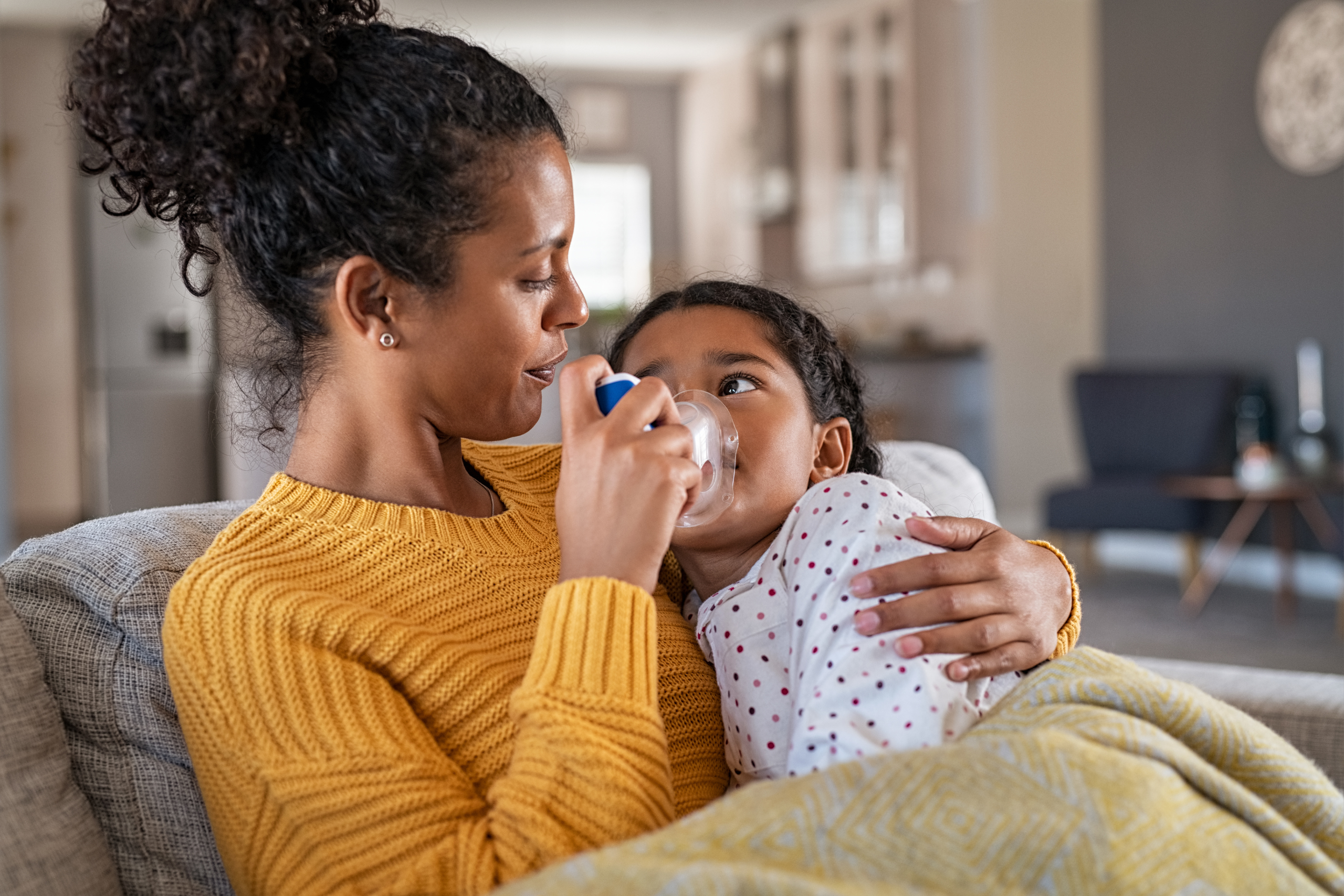As a parent, you’re on top of your child’s health and needs. From every little sign such as a slight cough to simply feeling unwell, you know when your child is ill. However, the signs of needing a pediatric nebulizer can easily be missed.
You may need to get a nebulizer for your child if they have a respiratory disorder like asthma when the symptoms go beyond having a stuffy nose and watery eyes to cause the need for breathing assistance. Other conditions that may require a nebulizer include flu, chronic bronchitis, infection of the upper respiratory tract, COPD, and allergies.
Signs Your Child Needs a Nebulizer
Consider talking to your doctor about a child’s nebulizer device if your kid experiences one of the following symptoms:
- Wheezing
- Coughing
- Shortness of breath
- Rapid breathing
- Chest pain
- Difficulty breathing
- Delayed recovery from bronchitis
Signs of asthma or respiratory disorders may vary greatly among children due to varying daily or seasonal triggers. It’s best to consult your doctor as soon as you notice any symptoms to prevent asthma attacks and damage to your child’s growing lungs. Often times doctors prescribe nebulizers for a breathing treatment.
How do Nebulizers Work?
Nebulizer machines work a little similar to inhalers by administering medicine into the lungs for respiratory relief. However, if your child is too little or afraid to use an inhaler they have the option of using a pediatric nebulizer, which makes treatment a lot easier.
Nebulizers atomize liquid medicine into an inhalable gas form, which can easily be inhaled by infants, toddlers, and children. Along with being easier to inhale, children’s nebulizers cause the medicine to dissipate into the lungs faster, to enter the bloodstream quicker and provide relief sooner.
Compressor nebulizers are the most popular type of breathing treatment for children because they provide a source of compressed air for aerosol therapy. It’s used with a jet (pneumatic) nebulizer to produce medicated aerosols for inhalation for pediatric patients.
How to Use a Nebulizer
Generally, treatment lasts for about 15 minutes every 6 hours. But as any parent knows, asking your young child to sit still and breath deep for fifteen minutes can seem like an impossible task.
7 Tips for Easier and Effective Nebulizer Treatment
- Involve them in the choosing process if they are old enough. There are several kid-friendly models of nebulizers including panda bears, penguins, teddy bears, trains, and more.
- Give the nebulizer a nickname and a personality. Let them decorate it with stickers if they choose. If a child is attached to the device, it can make treatment less stressful.
- Buy extra masks for the whole family to wear, so your child will not feel alone during treatments.
- Consider a pacific nebulizer attachment for infants. Pacifier nebulizer attachments can assist a baby in inhaling the medicine through nasal passages more efficiently.
- Role Play: Pretend with your child that he or she is a firefighter, astronaut, pilot, or alien once the mask goes on and play along during treatment.
- Have your child think of treatments as a special time. Pick a favorite book or game ahead of time and make it something to look forward to.
- Stick to a schedule. Maybe even have a decorated calendar or funny alarm that sounds when it’s time for treatment. Making nebulizer treatments part of a routine will make them less daunting.
Benefits of a Pediatric Nebulizer
There are are many nebulizers for kids that have a fun design, such as a fire engine, kitty, or dragon. Instead of having to deal with a loud, intimidating machine, they can enjoy fun lights and sounds.
Plus, children’s nebulizers weight about 3.5 pounds, so they’re extremely portable, so your child can receive treatment anywhere. Many options are also battery operated and can utilize a power-port adapter in your car.
4 Benefits of Child Specific Nebulizers
- Nebulizers max out around 3.5 pounds.
- They have safety features designed with children in mind.
- The masks are designed to better fit children’s smaller facial features
- The machines are shaped in child-friendly designs. Some include cats, dogs, and other children’s characters
Receiving a Nebulizer Through Insurance
Most insurance companies provide reimbursement for many pediatric nebulizers. Just use our quick and easy online form to see if you qualify and we will take care of the rest. We will contact your doctor and insurance provider, and we quickly ship directly to your front door. Why wait? Take the steps toward helping your child breathe easier now.





